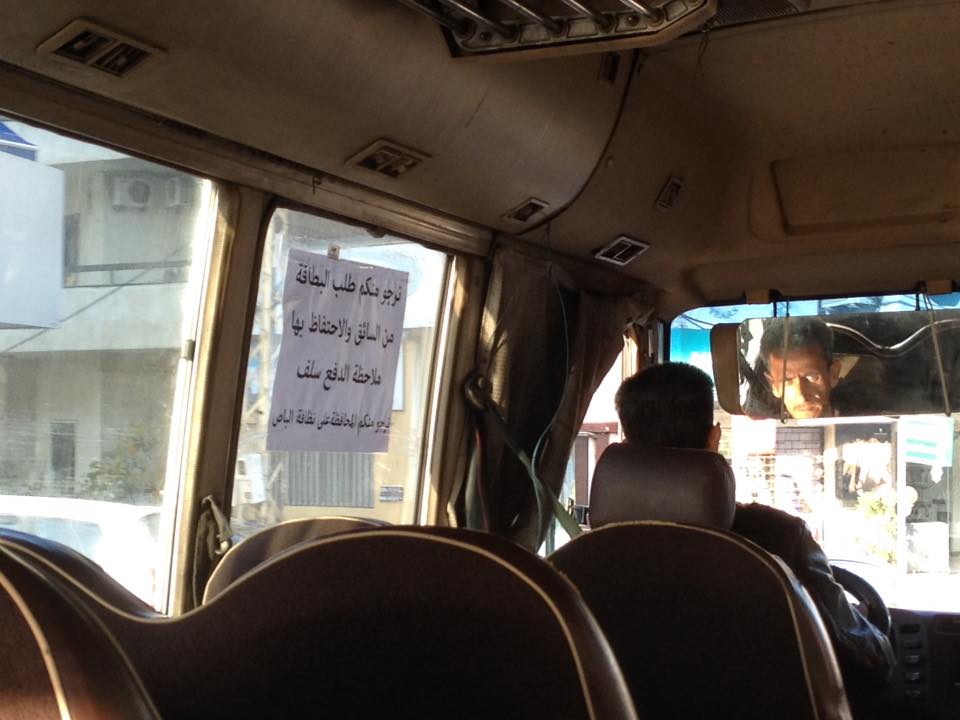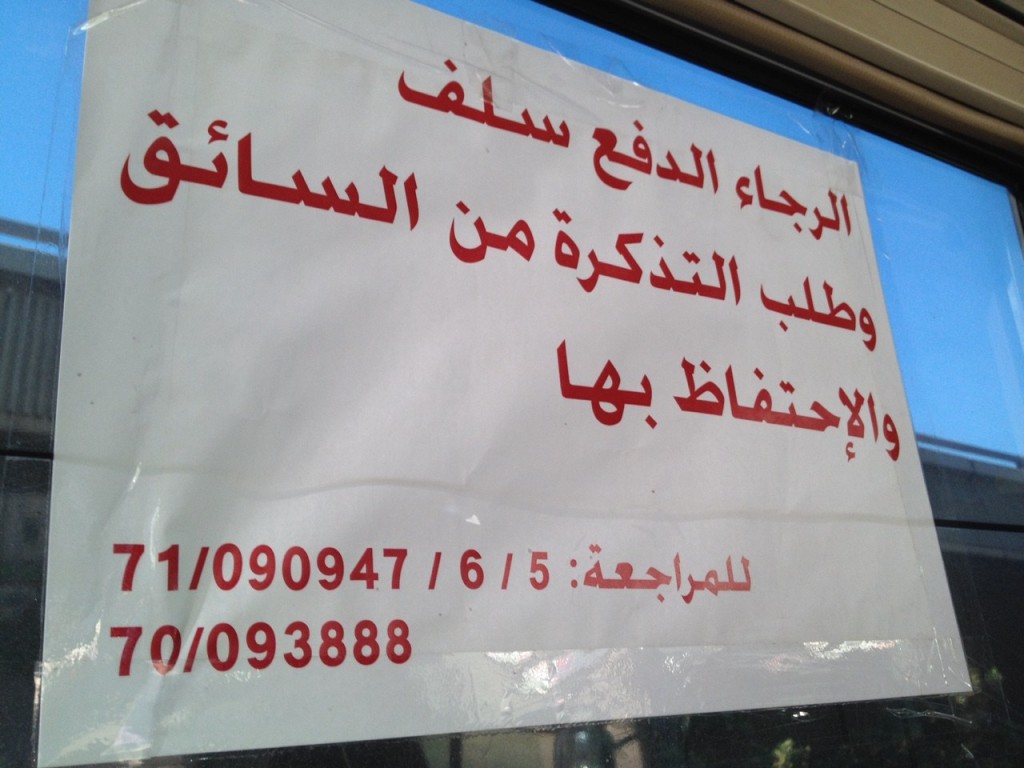“Given our very bad infrastructure and transportation situation, no one can underestimate the inconvenience it causes for students that need to travel long distances to reach the university. Everyone is probably wondering what it is like to be a regular university student at the Faculty of Information located in Jdeideh, where few transportation options are available. No busing service is provided for the area; one must either travel by taxi or use one’s own vehicle. Moreover, only the faculty staff members are allowed to park their cars in the university parking. All students and visitors are forced to park in a paid private parking.”
This quote is taken from an article on Hayda Lebnan, written by the Media Association for Peace. It raises an important problem that many students face: getting into university is often half the battle, since after being accepted, getting to your class is still a headache.
Centralization, housing, infrastructure, traffic — it’s very important that people make these connections, because these issues are often addressed separately, though they intersect and amplify each other.
Interestingly, the neighborhood in question — Jdeideh/Sed El Baouchrieh — is one of the better connected areas around Beirut in terms of bus lines, due to its proximity to Dora. Could some of the burden on students be lifted if existing transit options are promoted?
Are you a university student who uses public transport? What routes do you rely on? What challenges do you face?

